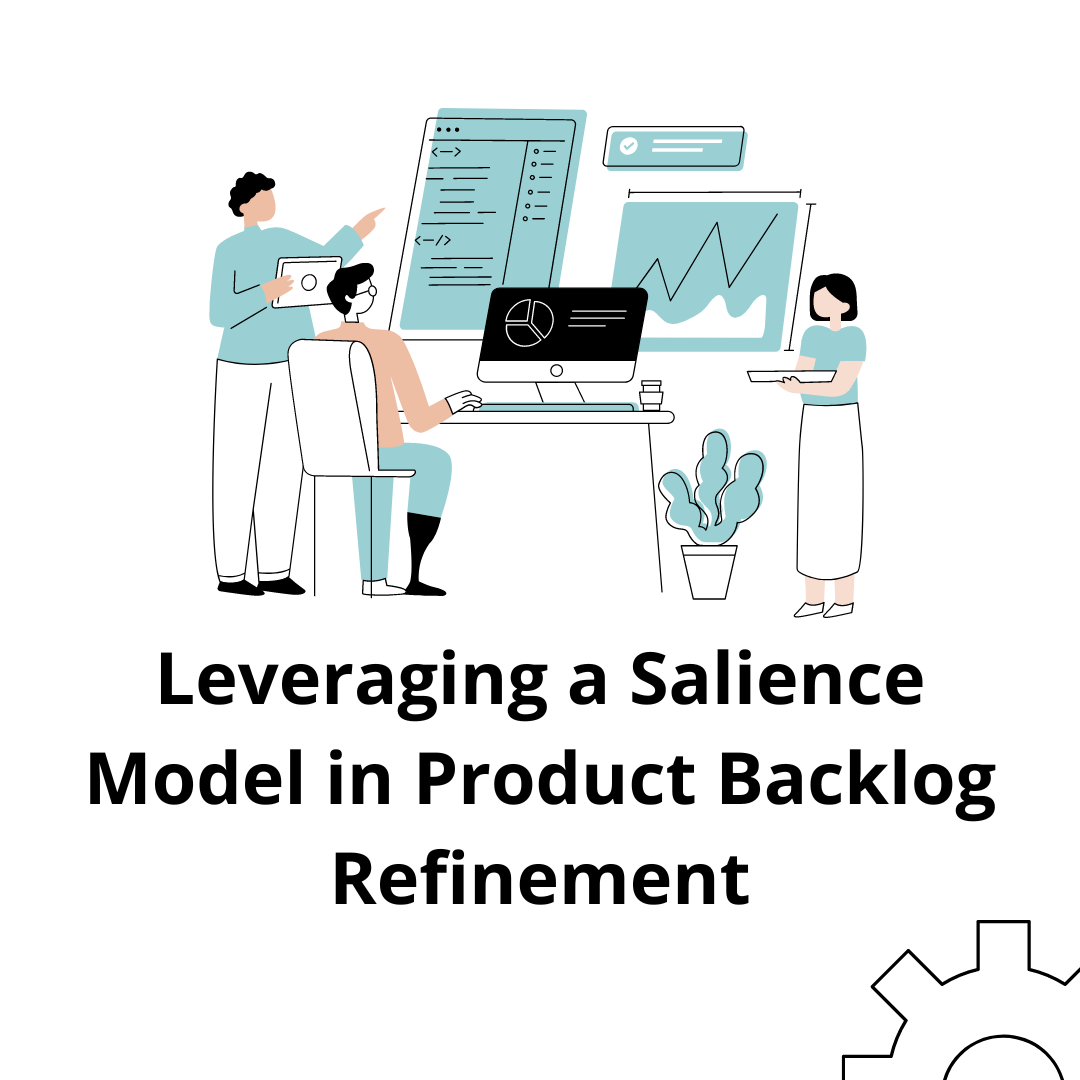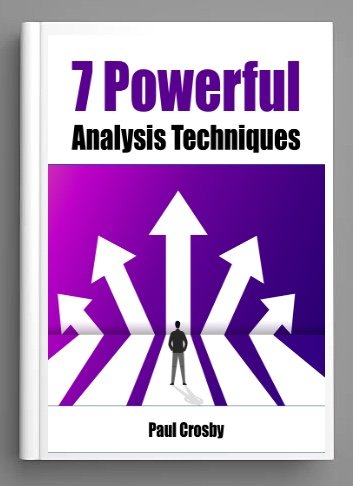Leveraging the Salience Model for Product Backlog Refinement: A Strategic Approach for Business Analysts and Product Owners
In the Agile framework, the product backlog is a critical component that encapsulates all the features, enhancements, changes, and fixes that need to be addressed throughout the project lifecycle. The refinement of this backlog is a continuous process that ensures the most valuable and relevant items are prioritized for development. Business Analysts (BAs) and Product Owners (POs) play a pivotal role in this refinement process, utilizing various business analysis techniques to align the backlog with stakeholder needs and project objectives. One such technique that offers a nuanced approach to stakeholder analysis and prioritization is the Salience Model. This article explores how BAs and POs can employ the Salience Model in the refinement of the product backlog to achieve better project outcomes, enhancing both systems analysis and agile development processes.
The Salience Model in Backlog Refinement
The Salience Model assesses stakeholders based on three key attributes: Power, Legitimacy, and Urgency. By applying this model, BAs and POs can gain deeper insights into the stakeholder landscape, understanding not just who has influence over the project but also whose needs are most urgent and legitimate. This understanding is instrumental in refining the product backlog, as it allows for a more strategic alignment of backlog items with stakeholder priorities.
1. Power: Identifying stakeholders with significant influence over the project can highlight backlog items that are critical to securing continued support and resources. These items might be related to features or enhancements that are pivotal from a strategic or financial standpoint.
2. Legitimacy: Understanding the legitimacy of stakeholders' claims or needs in relation to the project can help BAs and POs prioritize backlog items that align with the core objectives and requirements of the project. This ensures that the development effort is concentrated on areas that genuinely contribute to the project's success.
3. Urgency: Recognizing the urgency of stakeholders' needs allows for the prioritization of time-sensitive backlog items. These could be related to market-driven features, regulatory requirements, or any aspect that requires immediate attention to maintain project viability and stakeholder satisfaction.
Utilizing the Salience Model for Backlog Refinement
- Stakeholder Mapping: Begin by mapping stakeholders using the Salience Model to identify their power, legitimacy, and urgency in relation to the project. This mapping can be revisited regularly to reflect any changes in the stakeholder landscape or project direction.
- Backlog Item Alignment: Analyze each item in the product backlog to determine its alignment with the identified salient stakeholders. Items that address the needs or requirements of stakeholders with high salience should be considered for higher prioritization.
- Prioritization Sessions: Incorporate the findings from the Salience Model into backlog grooming or refinement sessions. Use the insights to facilitate discussions around prioritization, ensuring that the team understands the rationale behind focusing on certain backlog items.
- Feedback Loops: Establish feedback loops with salient stakeholders to validate the prioritization of backlog items and gather additional insights. This continuous engagement can help refine the backlog further, ensuring it remains aligned with stakeholder needs and project objectives.
Enhancing Project Outcomes
The strategic application of the Salience Model in backlog refinement can lead to several benefits, enhancing project outcomes:
- Focused Development Effort: By aligning backlog items with the priorities of salient stakeholders, development efforts can be concentrated on areas that deliver maximum value, enhancing product quality and stakeholder satisfaction.
- Improved Stakeholder Engagement: The process of mapping and considering stakeholder salience fosters better engagement and communication, building stronger relationships and facilitating smoother project execution.
- Adaptive Prioritization: The dynamic nature of the Salience Model allows for adaptive prioritization, where backlog items can be re-evaluated based on changing stakeholder landscapes or project requirements, maintaining the agility and responsiveness of the development process.
- Risk Mitigation: Prioritizing backlog items based on stakeholder salience can also help in identifying and mitigating potential risks early in the development process, ensuring a more proactive approach to risk management.
Better Backlog Refinement
For Business Analysts and Product Owners, the Salience Model provides a comprehensive framework for stakeholder analysis that can significantly enhance the product backlog refinement process. By understanding and prioritizing the needs of salient stakeholders, BAs and POs can ensure that the Agile development team focuses on the most impactful and relevant work items. This strategic alignment not only optimizes resource utilization but also ensures that project deliverables meet or exceed stakeholder expectations, leading to better project outcomes in both Agile and Waterfall environments.
Master the art of making complexity simple with our cutting-edge Business Analysis Techniques course! Whether you're navigating the dynamic rapids of Agile or steering through the structured currents of Waterfall, this course arms you with a toolbox of innovative strategies to craft collaborative and effective solutions. Dive in and transform the way you analyze, one innovative technique at a time – because in the world of business analysis, being effective isn't just an option, it's your superpower!
Ready to up your business analyst game? Let’s explore 7 powerful techniques that are shifting the business analysis landscape with expert insight from business analysis pros.
7 Powerful Analysis Techniques Book
Amazon Kindle $9.99
Uncommon Book of Analysis Techniques Book
PDF Download $75.00



